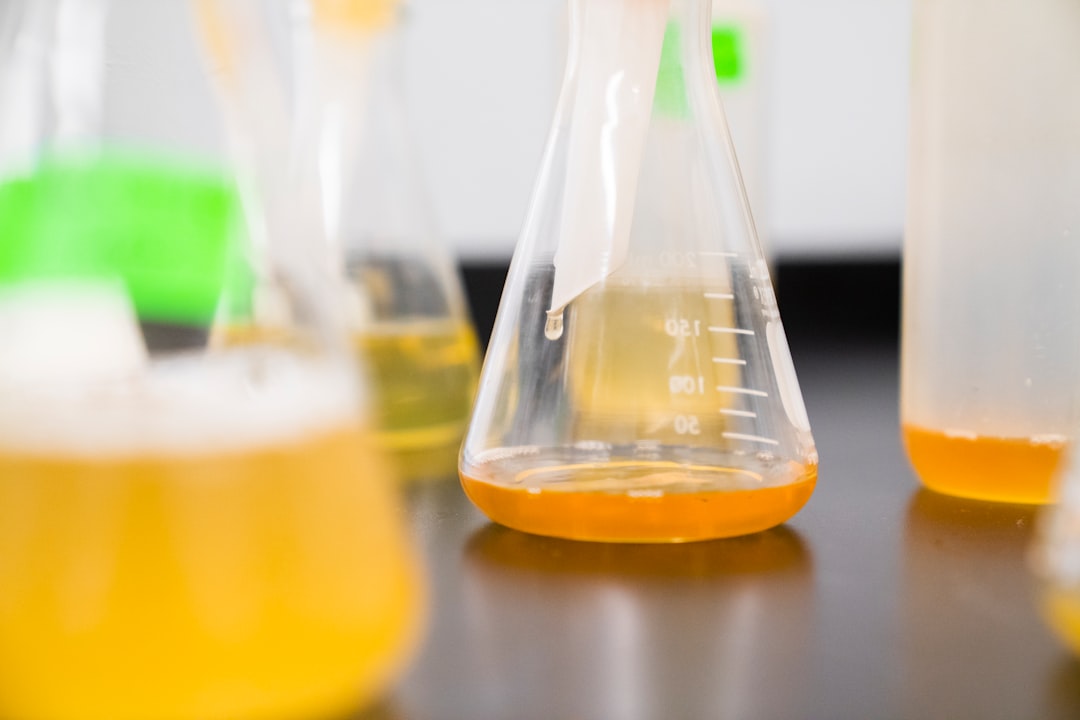What is it about?
In this work, we explore how aggregates of nanoparticles grow on a solid surface. Specifically the role of chelants and electrostatic interactions is explored experimentally and theoretically. We provide a modified Gibbs model nucleation that predict growth of finite size aggregates on the surface. Surface growth of aggregates of nanoparticles mimics that observed in molecular fluids; i.e. it can be described in terms complete, partial wetting defined by unique contact angle.
Featured Image
Why is it important?
Nanoparticles have been described by Kastner as artificial atoms as far as their electronic properties are concerned. Herein we find further evidence that their surface properties are similarly analogous to molecular fluids describable in terms of their interfacial tension and contact angle.
Read the Original
This page is a summary of: Controlled Deposition of Tin Oxide and Silver Nanoparticles Using Microcontact Printing, Crystals, February 2015, MDPI AG,
DOI: 10.3390/cryst5010116.
You can read the full text:
Resources
Contributors
The following have contributed to this page










